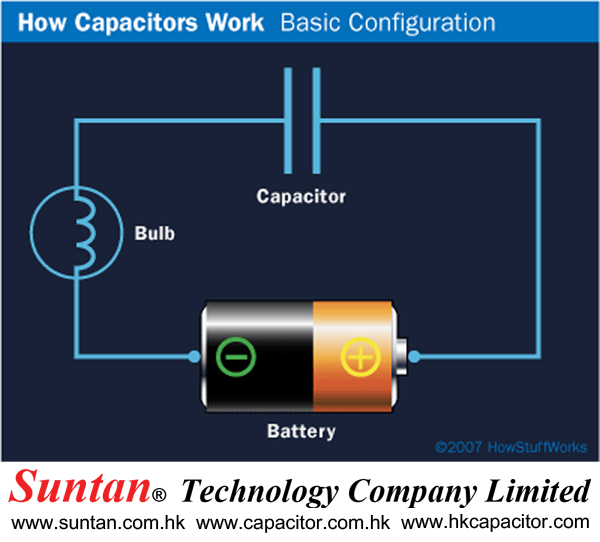Suntan Specifying in Quartz Crystal
Variable Electrical parameters are those that the Design Engineer must specify when selecting a Quartz Crystal device for any particular application.
a. Package Type: Will the package be Through Hole or Surface Mount, and are there size constraints with either.
b. Frequency
c. Load Capacitance: The specified Load Capacitance is dependent on the Resonance Mode required in the application . For Series resonance, no Load Capacitance is required. For Parallel Resonance, the Load Capacitance specified by the Design Engineer will be used to calibrate the Quartz Crystal thereby effecting the major operating characteristics of the device, including initial Frequency Tolerance.
d. Frequency Tolerance: At 25 degree Celsius, an amount of initial frequency deviation acceptable for the application is required. Tighter specifications of Frequency Tolerance lower yield in Quartz Crystal Blank production thereby serving to increase production costs.
e. Stability: Over the Operating Temperature Range, an amount of total deviation acceptable for the application. Tighter specifications of Stability lower yield in Quartz Crystal Blank production thereby serving to increase production costs.
f. Operating Temperature: Standard Operating Temperature ranges are generally considered as -20-+70 degrees Celsius (considered "commercial" Operating Temperature), and -40-+85 degrees Celsius (considered "Industrial" Operating Temperature) Other Operating temperature ranges are available and should be specified .





